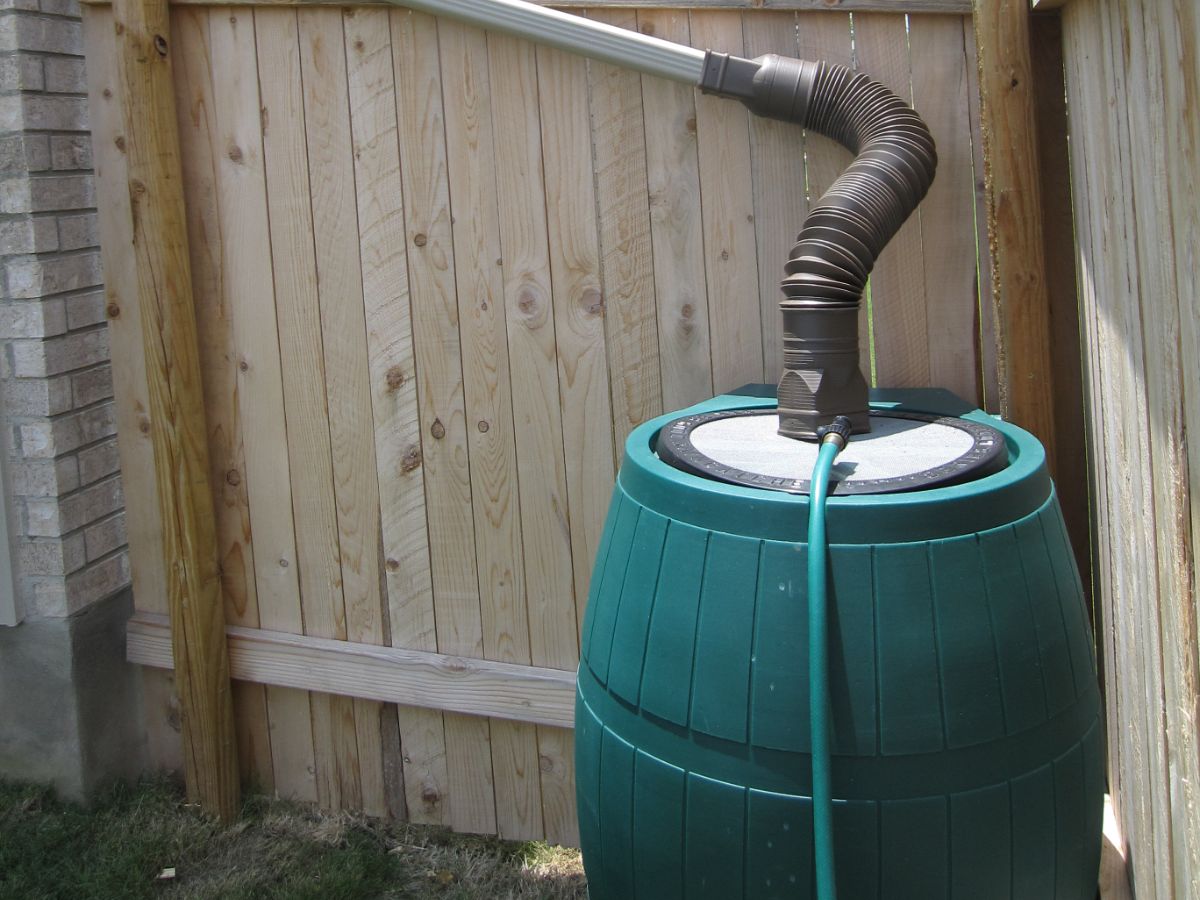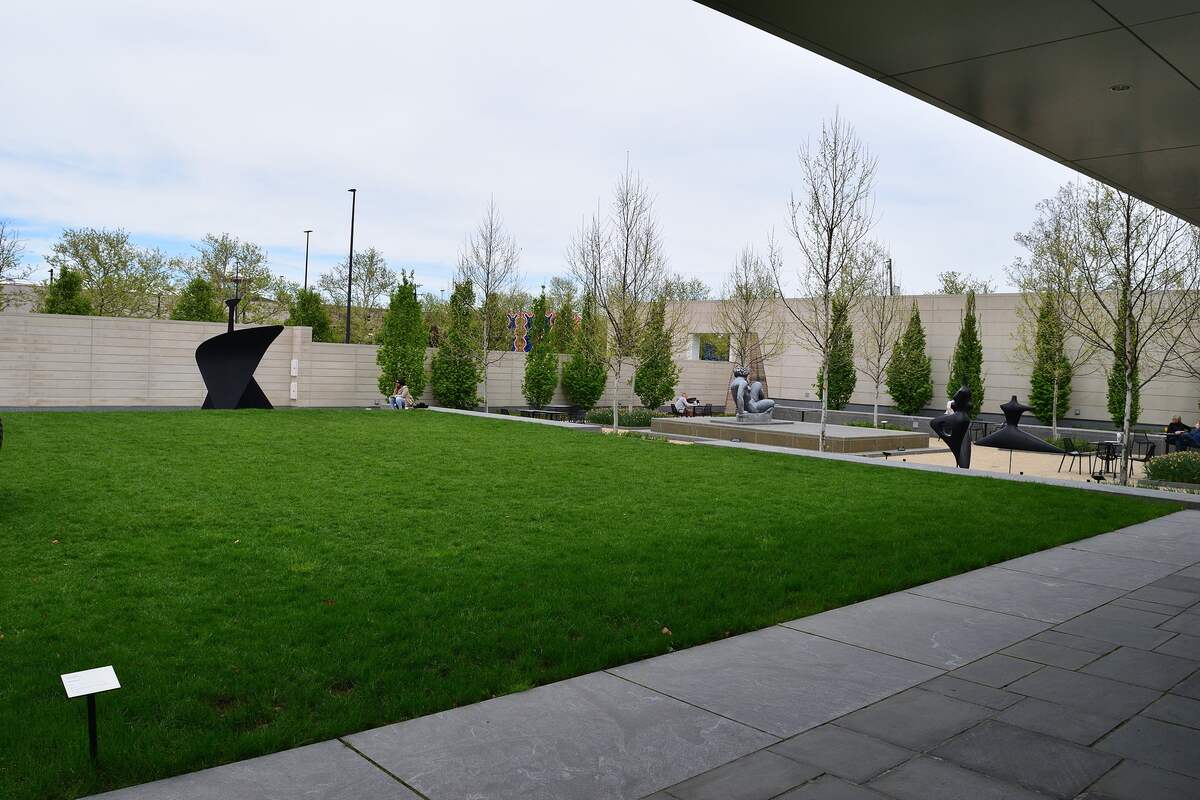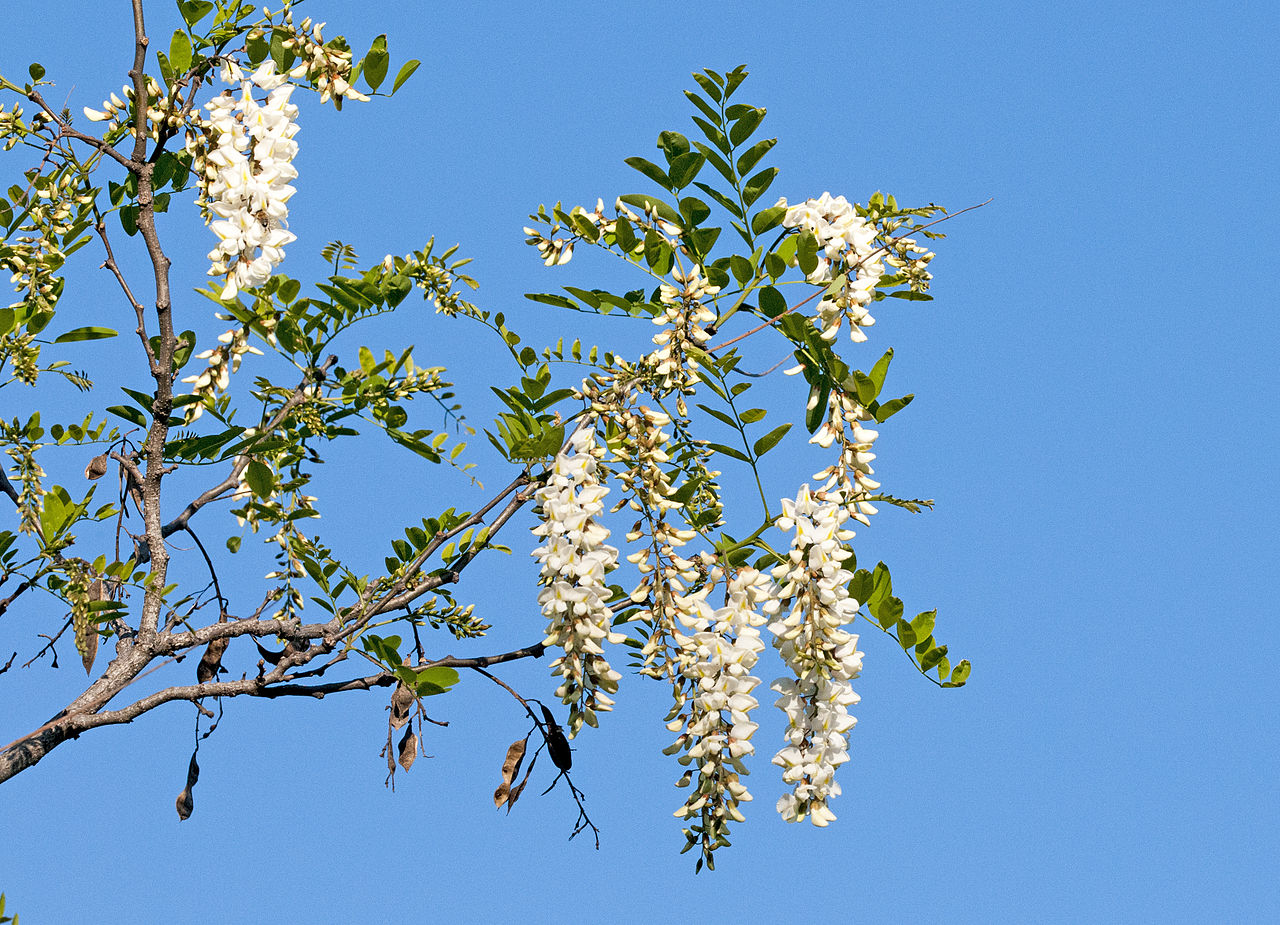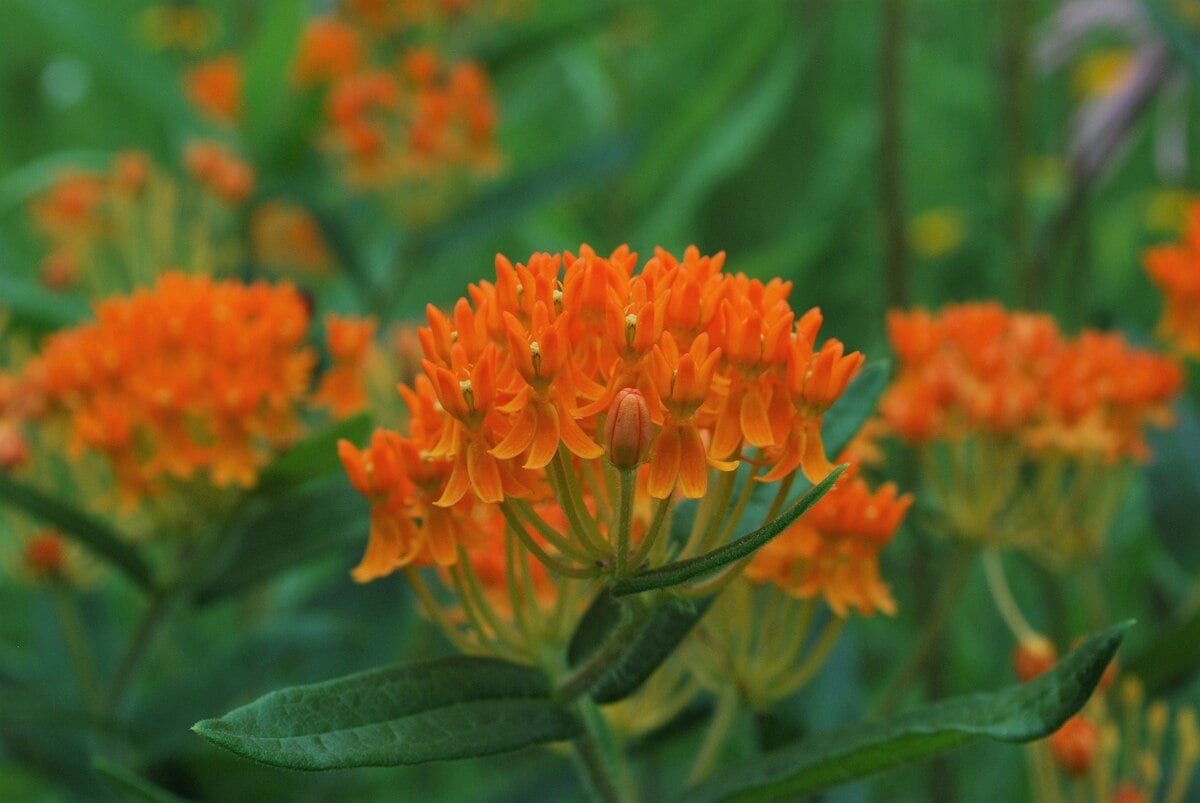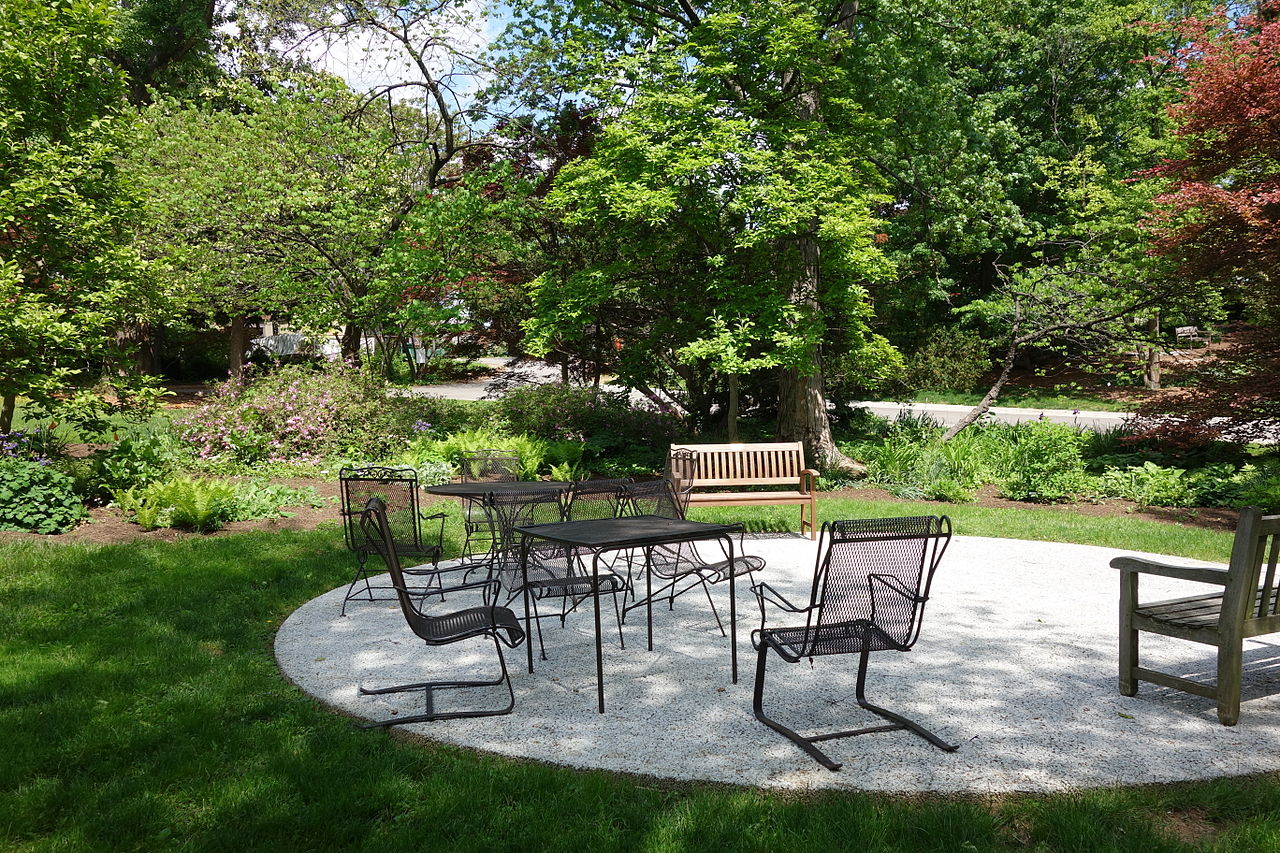
Low-maintenance landscaping doesn’t mean “no maintenance.”
“There is always some maintenance, and some plants will eventually spread but maybe at a slower rate,” says J.T. Benitez. He serves as Butler County extension educator for Agriculture & Natural Resources, The Ohio State University Extension.
Sometimes by removing and dividing some plants will still be necessary but not on the large scale if you plant the right plants, he adds.
“Weeding is always a fun part of gardening and is always going to be there. Hopefully, a little weeding falls into your version of low-maintenance gardening.”
You want to choose perennials that comes back every year but do not take over the rest of the area, he says. The best part is that you dig and plant once, you get to watch it grow and enjoy it year after year.
Mint and lamb’s ear plants can become great perennials but they take over garden areas when not in raised beds, he warns.
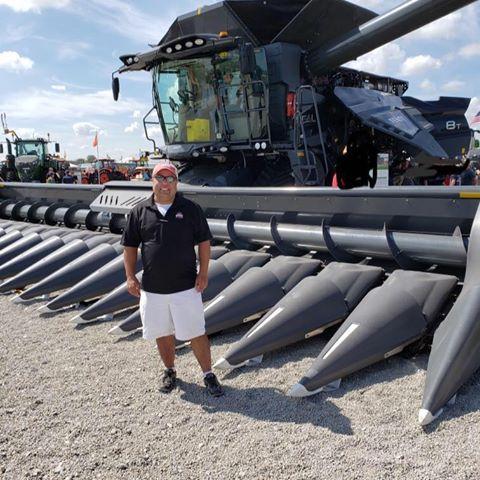
Understanding Your Soil
Soil testing should be the No. 1 thing to do before starting your garden area, Benitez says.
“Soil testing is going to give you a full picture of what is going on with your soil from nutrient levels, organic matter percentage, and soil pH,” he says. “Soil pH is one of the biggest factors when growing plants.”
You can get soil tests from many locations. A lot of your cooperative extension offices have the ability to do testing themselves, have soil test kits available for you to collect yourself or offer resources on where to get a soil test done.
Soil pH measures on a scale of 0-14, going from extremely acidic at one end to extremely alkaline at the other. In the middle, at 7, is neutral soil. Most garden plants like a soil pH that’s slightly acidic, with a reading of 6 to 7. You have your plant exceptions such as azaleas, hydrangeas & blueberries that like soil pH from as low as 4.5 to 6.
Plant Placement
One thing to do is research each particular item you want to plant, he adds. Find out such things as:
- Will it grow in your region?
- What USDA Hardiness Zone are we in? But take the hardiness zone information — which tells you which plants can survive at which temperatures — with a grain of salt. “Just because the title says ‘those areas,’ does not mean it will not do good in a homeowner setting. Research what these plants like for an environment,” Benitez says.
- How is your soil? Is it too alkaline or acidic?
For trees, think about the aftermath of certain trees.
“For instance, hickory or sweetgum trees can be absolutely cool trees but can create a mess from its seeds,” Benitez states. “Hickory tree nuts can do a number on a car if you park under one especially when they fall on the car at a fast rate of speed.”
Squirrels love hickory nuts and can make quite a mess when they are eating them. Sweetgum can make a mess in the yard from their seeds and can be quite an irritation when you step on them without shoes, he adds.
Every plant has its positives and negatives, so weigh that through proper research. The Cooperative Extension System, Department of Natural Resources, and U.S. Forest Service can be a few of the university and government entities that provide unbiased research-based material. Local landscaping companies can also provide tested local information, as well as pricing.
Consider Light, Growth Rates, Ultimate Size
“I currently live at a rental house until our new house is built,” he says. “We have a muddy, mossy backyard with little grass because the previous owners planted so many trees in a small subdivision yard that no light comes through during the summer.”
If you like shade, great, but know that you may not have the thick grassy yard, too, he adds. Finding shade type grasses may help but at some point the lack of sun eventually could limit its ability to grow the thick grass you are looking for. Research your grass types and know how many hours of sunlight they need to be successful in a making a great yard.
Another thing to think about includes how close your plants and trees will be to your neighbors. Will some of these plants be issues for them especially if that tree branch hangs over into the next yard?
Plants can either live one year or multiple lifetimes, so that small maple tree that is great now can grow into a huge tree that takes over that yard.
“From annuals to perennials to shrubs and trees, always have a plan,” says Benitez. “Know your growth rates, how big will they get, how long will they live, will they take over, are they invasive, and will I need to replace it someday?
Mulching, Fertilizing, Watering
Rogue weeds in mulched areas will happen, he says.
“I would still consider that low maintenance, and a great way to do a little maintenance while enjoying your garden area. Always weed when they are just popping through,” he says.
If you wait, you may have them taking over and even reseeding to make more weeds. Early preventive maintenance is always going to help the most.
Before amending your soil with fertilizers and other additives, make sure to get the soil test. Why add too much or too little of soil amending? Both results may not meet what you are wanting.
Overwatering can be just as bad as underwatering, he adds. Observe the plant to access if it needs time to dry out or you do need to water it. Most plants like soil to be moist but not saturated.
Finding the Right Plants for Low Maintenance
“While it is hard to narrow down specifically what plants to plant as many do well in Ohio, it can all be up to personal preference,” Benitez says.
Ohio’s Department of Natural Resources can be your best ally in researching plants. It has a great “Index of Ohio Trees.” Plus, its “Go Native” site offers separate lists for fields and prairies, floodplains, upland woods, wet fields and prairies, wet woods and wetlands. It also provides alternatives to invasive plants. data that tells you what invasives to get rid of, and which is the preferable substitute.
Talk to a Cincinnati landscaping expert if you need help selecting plants for your landscape. LawnStarter can connect you with passionate lawn care and landscaping pros with helpful advice.
